Introduction to Langtang Valley Trek
Langtang Valley Trek is a popular choice for trekkers who seek an authentic Himalayan experience without the crowds of the more famous routes. Located just north of Kathmandu, the trek takes you through picturesque villages, lush forests, and along the Langtang River, eventually leading to the stunning Langtang Valley, nestled against a backdrop of snow-capped peaks. The trek typically spans 7 to 10 days, depending on your pace and the specific itinerary you choose. For many, the appeal lies in the trek’s combination of natural beauty, cultural richness, and relative accessibility.
Before setting off, it’s important to have a clear understanding of Langtang Valley Trek costs. This will allow you to plan your trip effectively, ensuring that you can focus on the trek itself rather than worrying about your budget along the way.
Transportation Costs
One of the first expenses you’ll encounter is transportation to and from the Langtang Valley. The trek begins from the town of Syabrubesi, which is about 122 kilometers from Kathmandu. To reach Syabrubesi, most trekkers opt for a bus or a jeep. A public bus from Kathmandu to Syabrubesi costs approximately USD 10 to 15 per person, taking around 7 to 8 hours. If you prefer a more comfortable and faster ride, a private jeep is an option, costing around USD 120 to 150, which can be shared among 4 to 6 people.
Returning from Syabrubesi to Kathmandu after the trek will involve the same costs. It’s advisable to factor in some additional money for possible delays or detours due to road conditions, especially during the monsoon season. Overall, you should budget around USD 20 to 50 per person for round-trip transportation, depending on the mode of transport you choose.
Permits and Fees
Trekking in the Langtang Valley requires a couple of permits. The first is the Langtang National Park entry permit, which costs around USD 30 per person, with an additional 13% VAT. The second permit is the TIMS (Trekkers’ Information Management System) card, which costs USD 10 for organized trekkers and USD 20 for independent trekkers. If you are trekking with a guide or through an agency, the TIMS card is generally arranged for you.
These permits are crucial as they support the maintenance of trails and ensure the safety of trekkers. Always make sure to obtain these permits before beginning your trek, as they are checked at various points along the route. In total, you should budget around USD 50 to 60 for permits.
Guide and Porter Costs
Hiring a guide and/or a porter is optional but highly recommended, especially if you are unfamiliar with the region. A licensed guide can enhance your trekking experience by providing insights into the local culture, geography, and history. The cost of hiring a guide ranges from USD 25 to 30 per day. If you prefer to have someone carry your heavier gear, hiring a porter costs around USD 18 to 22 per day.
Many trekkers choose to hire both a guide and a porter, splitting the costs if trekking in a group. Guides and porters also appreciate tips, usually around 10% of their total fee, which is customary in Nepal. For a 7 to 10 day trek, you should budget approximately USD 300 to 500 for guide and porter services.
Accommodation Costs
Accommodation during the Langtang Valley Trek is typically in teahouses, which are simple lodges run by local families. The cost of a teahouse room ranges from USD 5 to 10 per night, depending on the location and season. In some of the more remote areas, prices may be slightly higher due to the cost of transporting supplies.
Teahouses usually offer basic facilities, including a bed with a mattress, pillow, and blanket. Some might have shared bathrooms with cold showers, while others may offer hot showers for an additional fee of around USD 2 to 3. It’s wise to budget around USD 10 to 15 per day for accommodation, depending on your preferences for comfort.
Food and Drink Costs
Food is one of the more variable costs on the trek, depending on your appetite and dietary preferences. Teahouses offer a range of meals, from traditional Nepali dishes like dal bhat (rice with lentils and vegetables) to more familiar options like pasta and pancakes. Meals typically cost between USD 4 to 7 each, with prices increasing as you ascend higher into the mountains.
A typical daily food budget might be around USD 15 to 25 per person, depending on how much you eat. It’s also important to stay hydrated, and while water is available along the trail, purchasing bottled water can be expensive (USD 1 to 3 per bottle). Many trekkers bring water purification tablets or a filtration system to treat water from local sources, which is a cost-effective and environmentally friendly option.
Miscellaneous Costs
In addition to the major expenses, there are several miscellaneous costs to consider. For instance, charging your electronic devices at teahouses often incurs a small fee of around USD 1 to 3 per hour. Wi-Fi is available in some teahouses, but it’s not always reliable and usually costs around USD 2 to 5 per hour. If you’re trekking during the colder months, you might also want to budget for additional clothing layers or renting a sleeping bag, which can cost around USD 2 to 3 per day.
Other potential expenses include tips for guides and porters, snacks, and any souvenirs you might want to purchase along the way. It’s always a good idea to have some extra cash on hand for these unexpected expenses, so budgeting an additional USD 100 to 150 for miscellaneous costs is advisable.
Travel Insurance
Trekking in the Himalayas comes with its risks, and having travel insurance is crucial. A good travel insurance policy should cover trekking at high altitudes (up to 4,500 meters for the Langtang Valley) and include provisions for emergency evacuation in case of severe altitude sickness or injury. The cost of travel insurance varies depending on your country of residence, but it typically ranges from USD 100 to 150 for a two-week trek.
Make sure your policy includes helicopter evacuation, as this can be extremely costly if needed. Also, check that the policy covers all the activities you plan to undertake during your trip. While travel insurance is an additional expense, it provides peace of mind and could save you a significant amount in case of emergencies.
Trekking Gear and Equipment
While some trekkers may already have their gear, others might need to purchase or rent equipment for the Langtang Valley Trek. Essential items include trekking boots, a warm sleeping bag, trekking poles, layers of clothing, a backpack, and a good quality jacket.
If you need to purchase new gear, you should budget around USD 200 to 400, depending on the quality and brand. Alternatively, renting gear in Kathmandu is a cost-effective option, with prices ranging from USD 1 to 3 per item per day. Make sure to invest in good-quality boots and clothing, as these will make a significant difference to your comfort during the trek.
Total Estimated Cost
Taking all these factors into account, the total estimated cost for the Langtang Valley Trek can vary significantly depending on your choices and preferences. For a budget trek, you might spend around USD 500 to 700, while a more comfortable trek with a guide, porter, and better accommodations could cost between USD 1,000 to 1,500.
Here’s a quick breakdown of the major costs:
- Transportation: USD 20 to 50
- Permits: USD 50 to 60
- Guide and Porter: USD 300 to 500
- Accommodation: USD 70 to 150
- Food and Drink: USD 150 to 250
- Miscellaneous: USD 100 to 150
- Travel Insurance: USD 100 to 150
- Gear and Equipment: USD 200 to 400
Conclusion
The Langtang Valley Trek is an unforgettable experience that offers incredible value for the money. By understanding the Langtang Valley trek cost, you can plan your budget effectively and enjoy your trek without any financial worries. Whether you’re trekking on a shoestring or seeking a more comfortable adventure, the Langtang Valley offers something for everyone.
Before you go, make sure to double-check your budget, plan for any potential extra costs, and prepare yourself for the trek of a lifetime. With the right planning, the Langtang Valley Trek will be an adventure you’ll cherish forever.
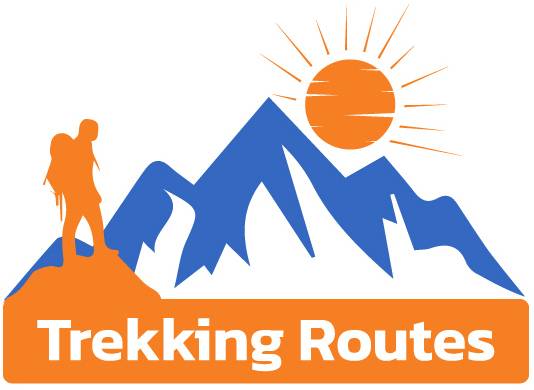

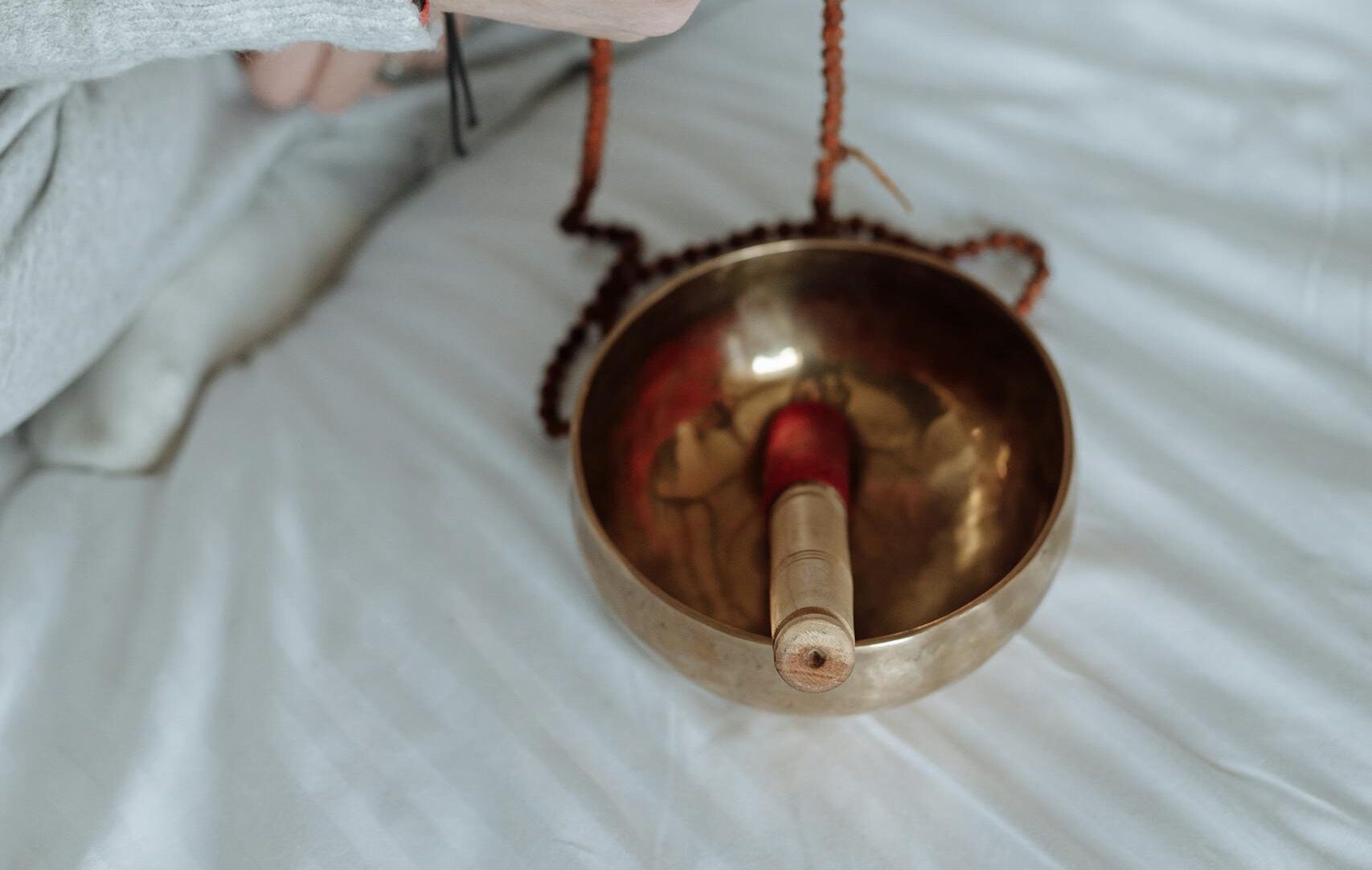
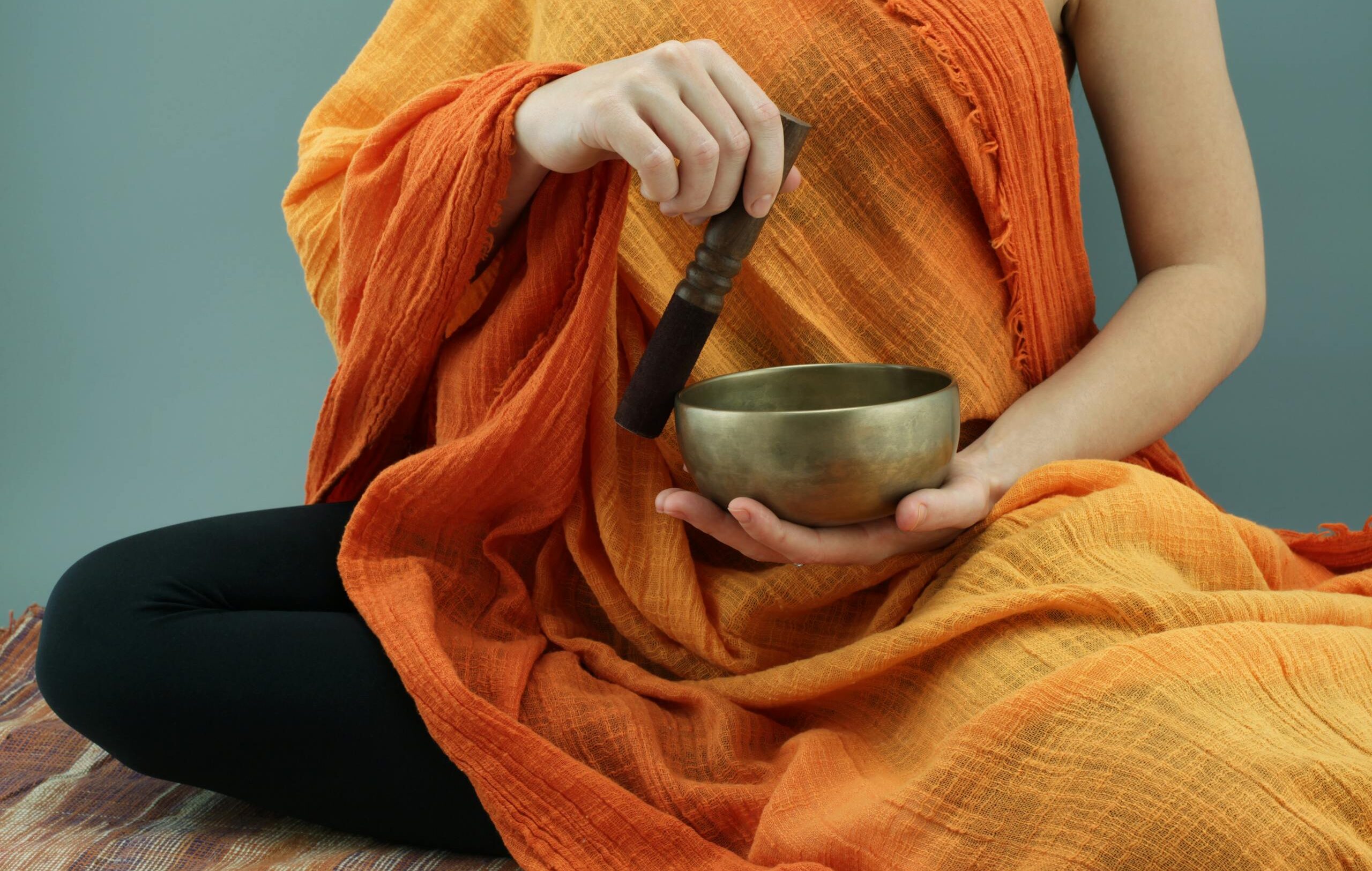

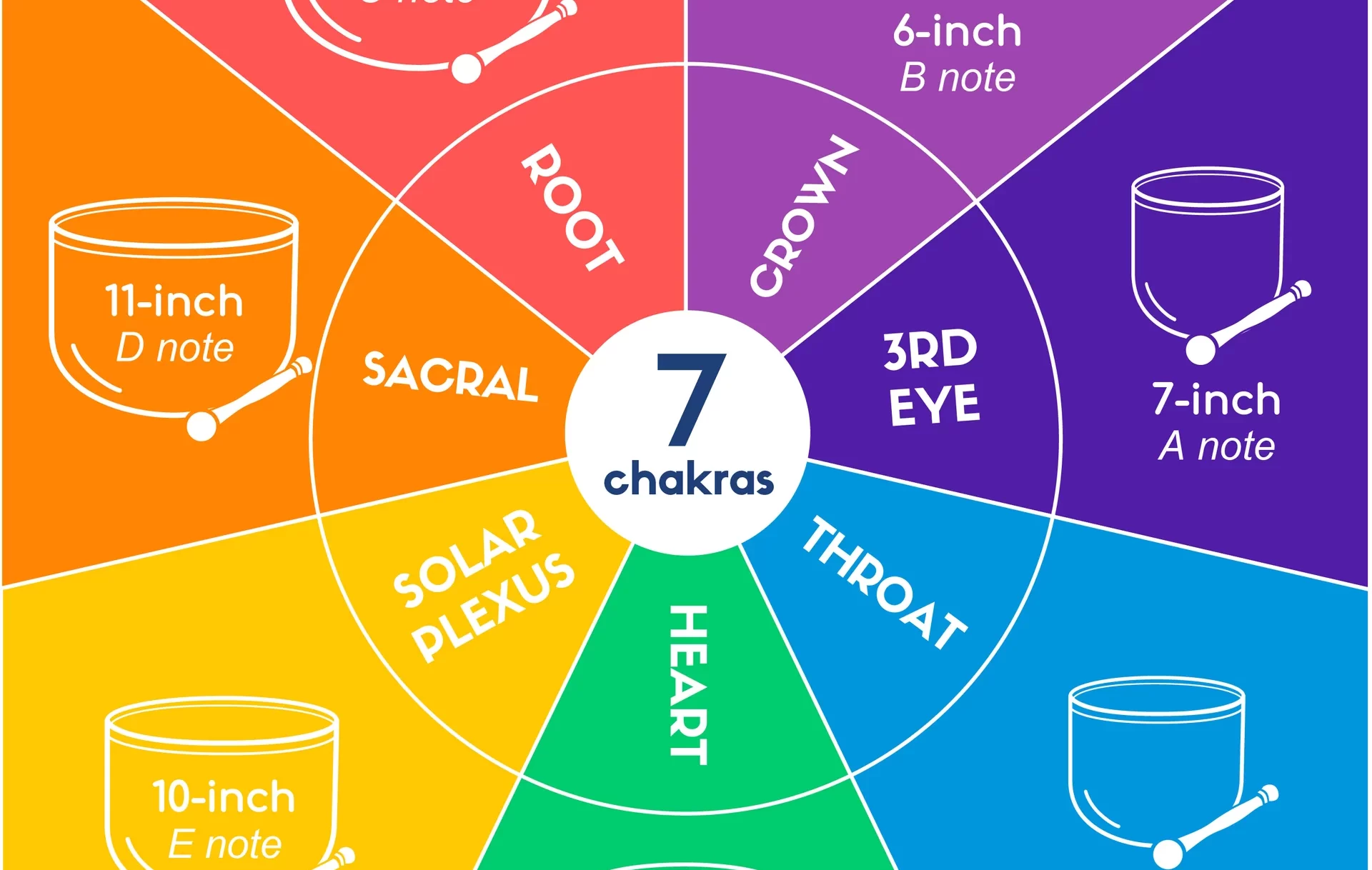
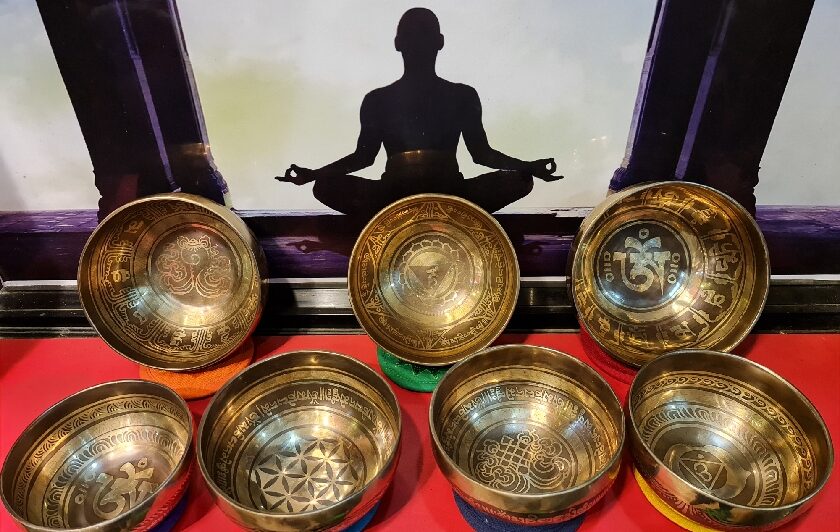
0 Comments